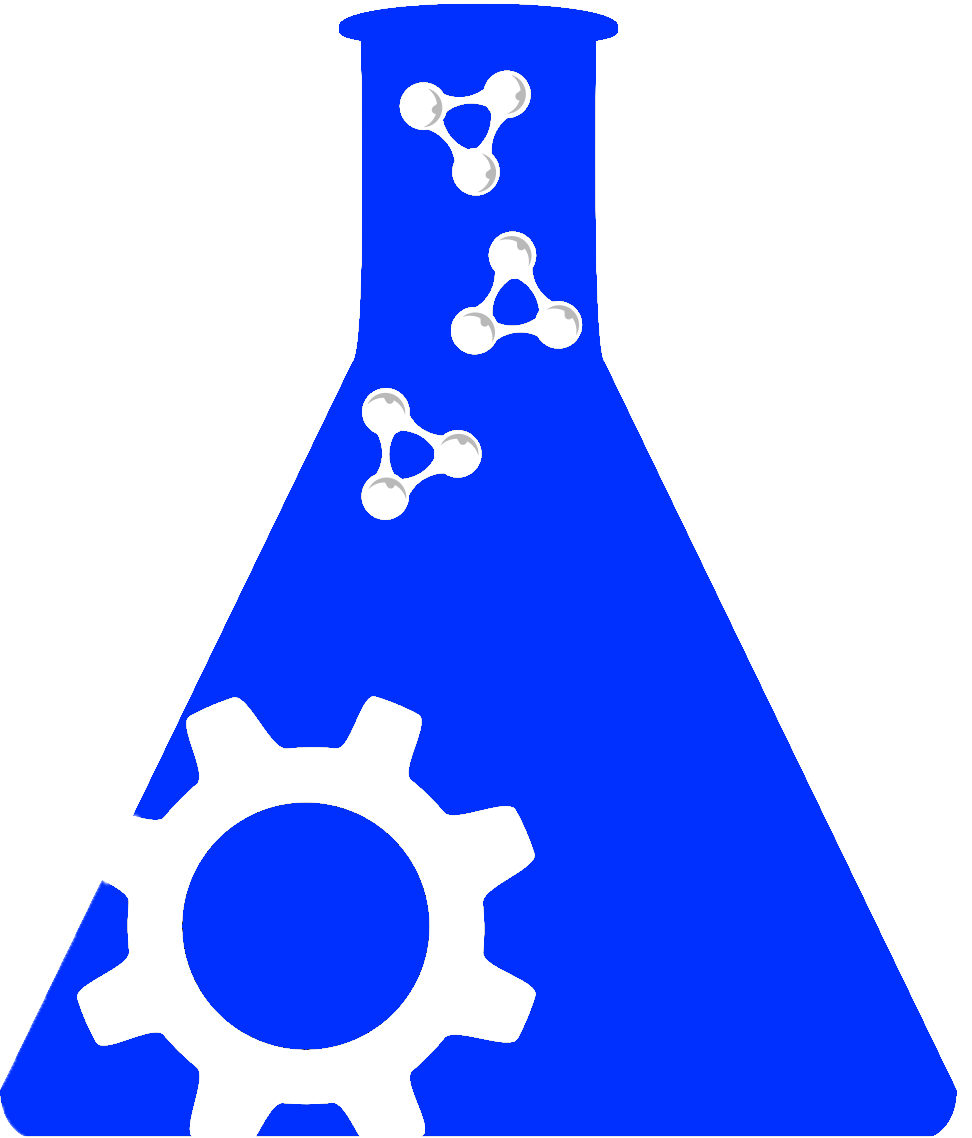Searching across hundreds of databases

Are you sure you want to leave this community? Leaving the community will revoke any permissions you have been granted in this community.
URL: http://www.geb.uma.es/mauds
Proper Citation: MAUDS (RRID:SCR_003175)
Description: We define a simple method to detect cortical states that can be applied in real time for offline processing of large amounts of recorded data on conventional computers. Also, the online detection of up and down states will facilitate the study of cortical dynamics. An open-source MATLAB toolbox, and Spike 2-compatible version are made freely available. Intracellular recordings from different areas of the cerebral cortex were obtained from both in vitro and in vivo preparations during slow oscillations. A method that separates up and down states recorded intracellularly is defined and analyzed here. The method exploits the crossover of moving averages, such that transitions between up and down membrane regimes can be anticipated based on recent and past voltage dynamics. We demonstrate experimentally the utility and performance of this method both offline and online, the online use allowing to trigger stimulation or other events in the desired period of the rhythm. This technique is compared with a histogram-based approach that separates the states by establishing one or two discriminating membrane potential levels. The robustness of the method presented here is tested on data that departs from highly regular alternating up and down states. The neuronal cortical network generates slow (<1 Hz) spontaneous rhythmic activity that emerges from the recurrent connectivity. This activity occurs during slow wave sleep or anesthesia and also in cortical slices, consisting of alternating up (active, depolarized) and down (silent, hyperpolarized) states. The search for the underlying mechanisms and the possibility of analyzing network dynamics in vitro has been subject of numerous studies. This exposes the need for a detailed quantitative analysis of the membrane fluctuating behavior and computerized tools to automatically characterize the occurrence of up and down states.
Abbreviations: MAUDS
Resource Type: data processing software, data analysis software, source code, software resource, software application
Defining Citation: PMID:17849017
Keywords: electrophysiology, intracellular recording, cortical state, real time, matlab, spike2, cerebral cortex
Expand Allhas parent organization |
We found {{ ctrl2.mentions.total_count }} mentions in open access literature.
We have not found any literature mentions for this resource.
We are searching literature mentions for this resource.
Most recent articles:
{{ mention._source.dc.creators[0].familyName }} {{ mention._source.dc.creators[0].initials }}, et al. ({{ mention._source.dc.publicationYear }}) {{ mention._source.dc.title }} {{ mention._source.dc.publishers[0].name }}, {{ mention._source.dc.publishers[0].volume }}({{ mention._source.dc.publishers[0].issue }}), {{ mention._source.dc.publishers[0].pagination }}. (PMID:{{ mention._id.replace('PMID:', '') }})
A list of researchers who have used the resource and an author search tool

A list of researchers who have used the resource and an author search tool. This is available for resources that have literature mentions.
No rating or validation information has been found for MAUDS.
No alerts have been found for MAUDS.
Source: SciCrunch Registry